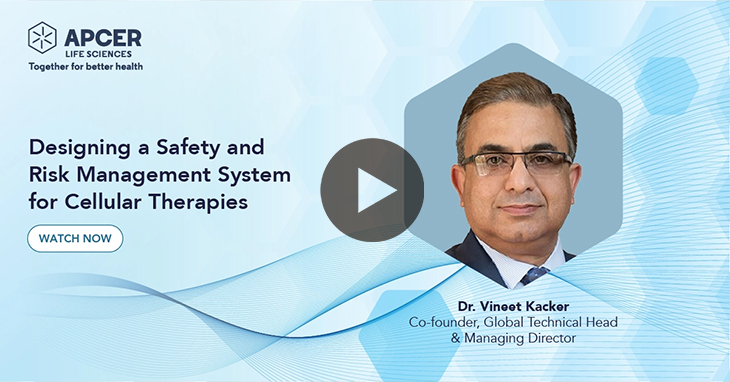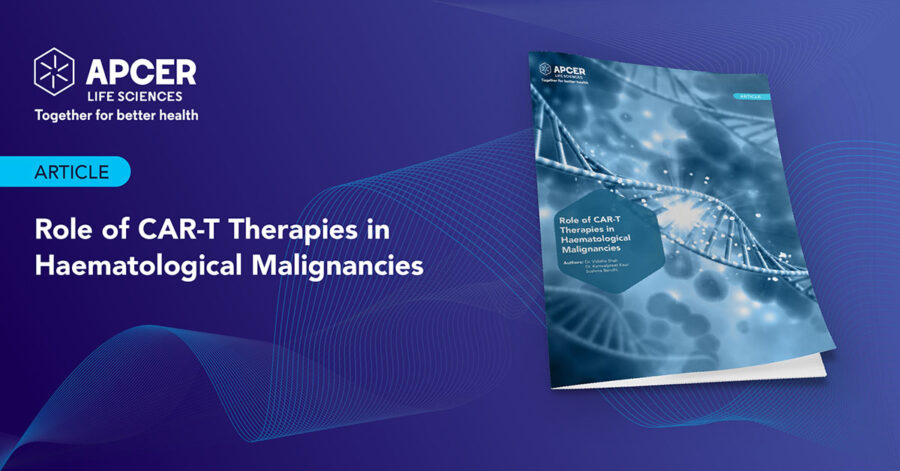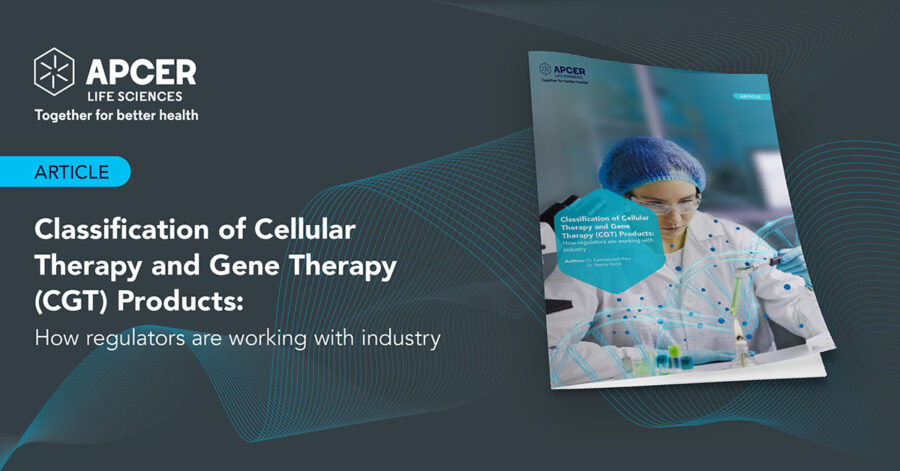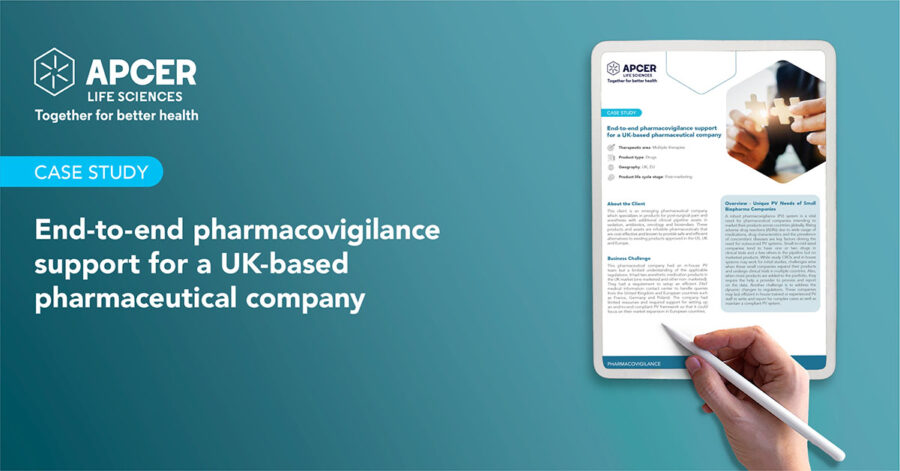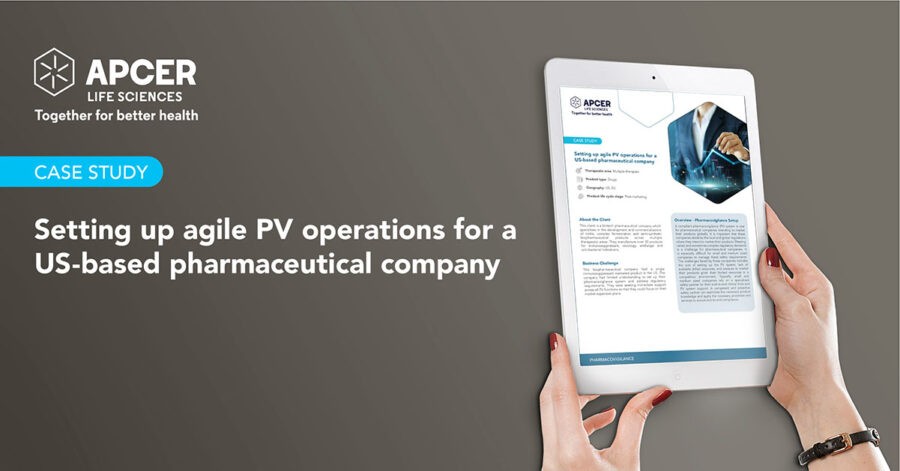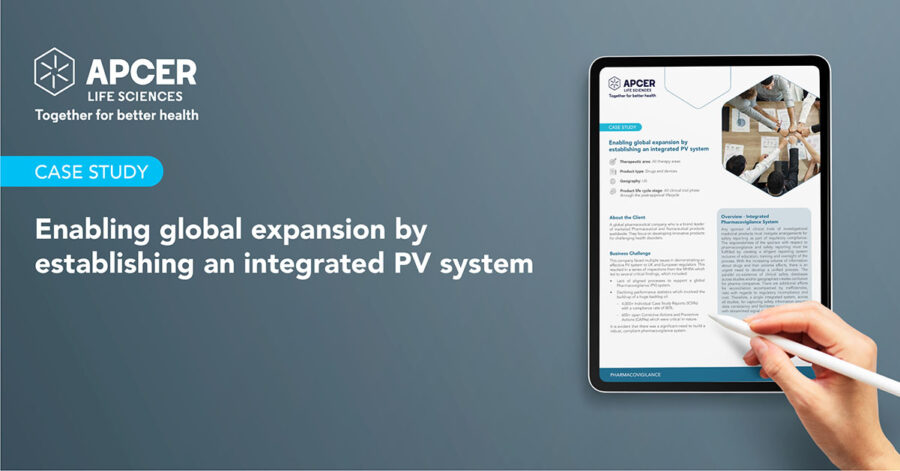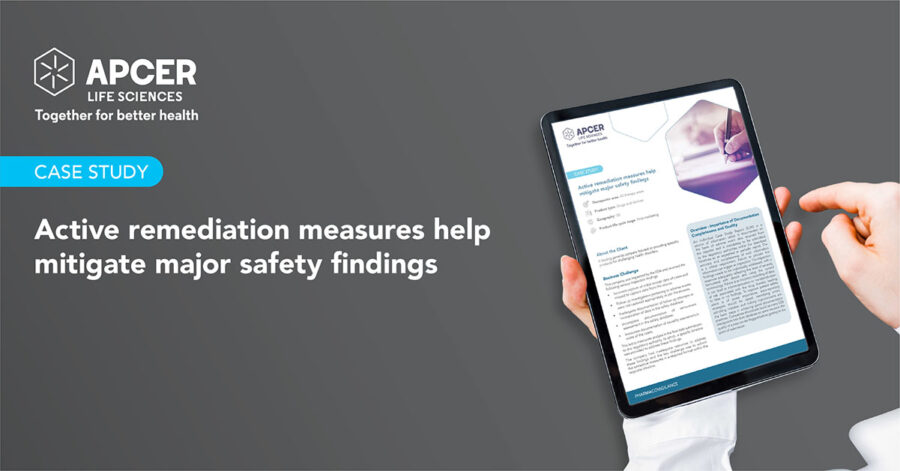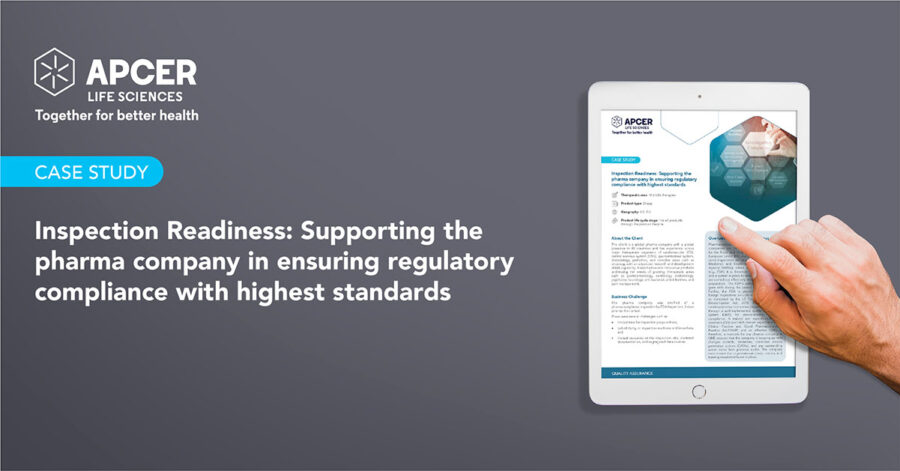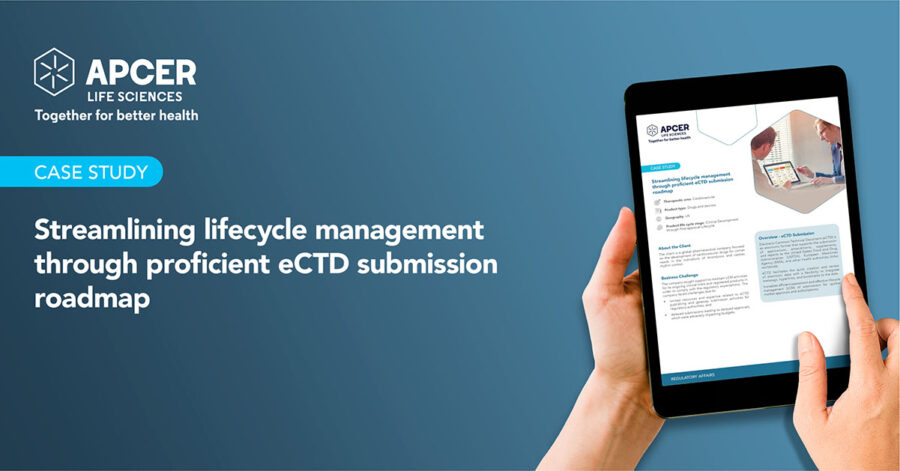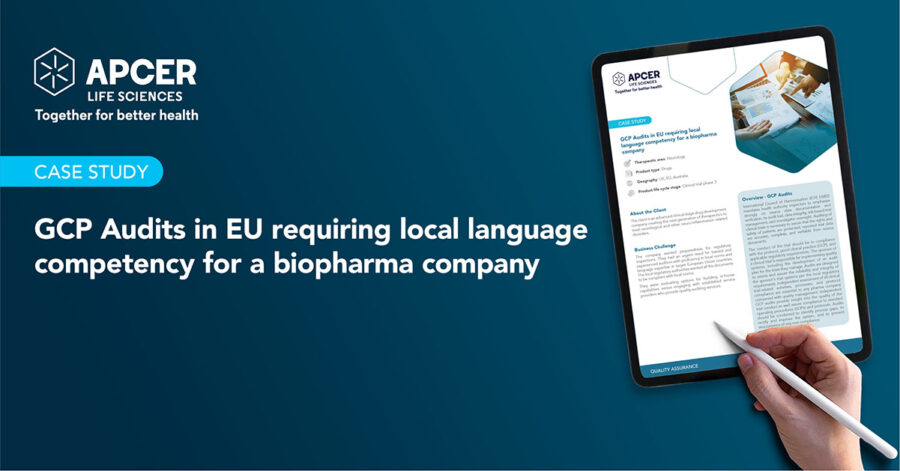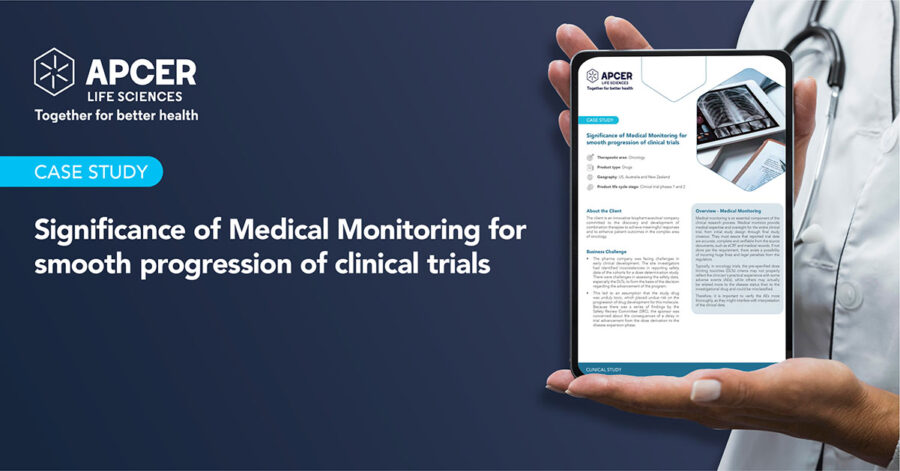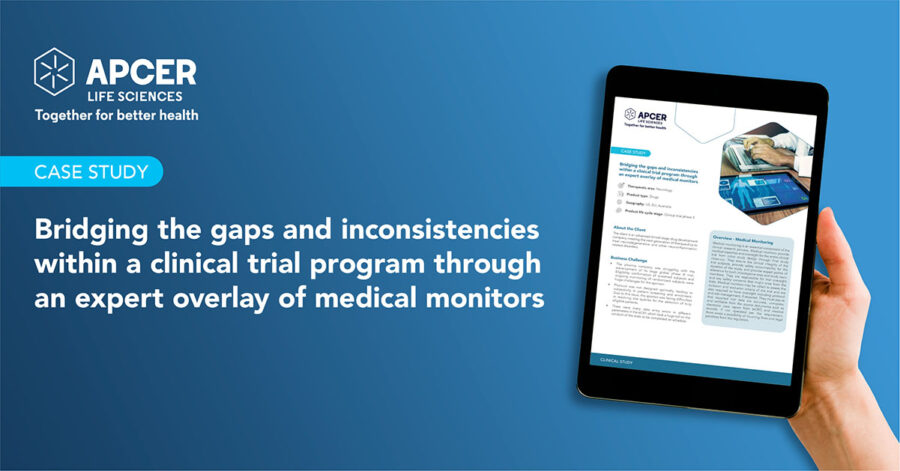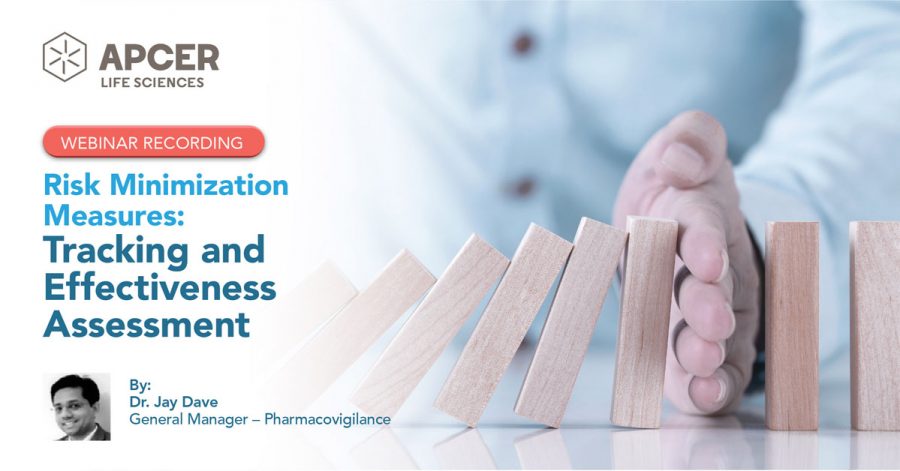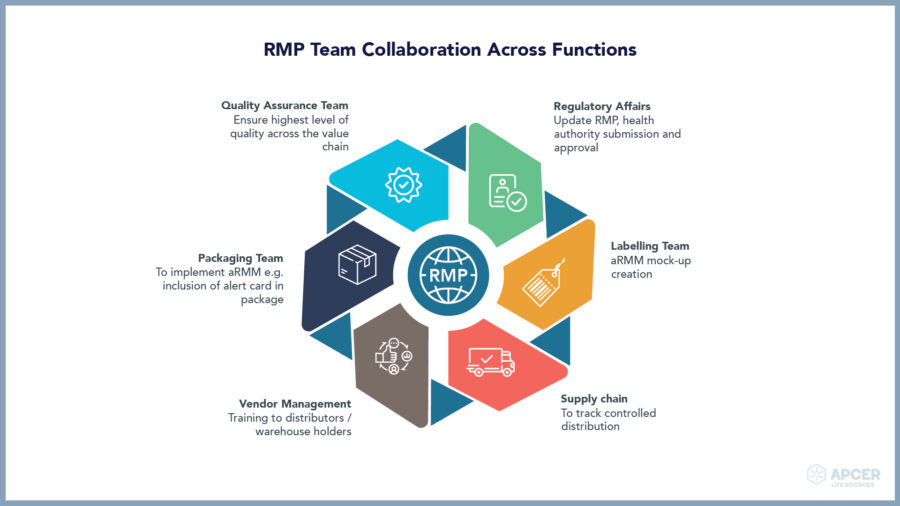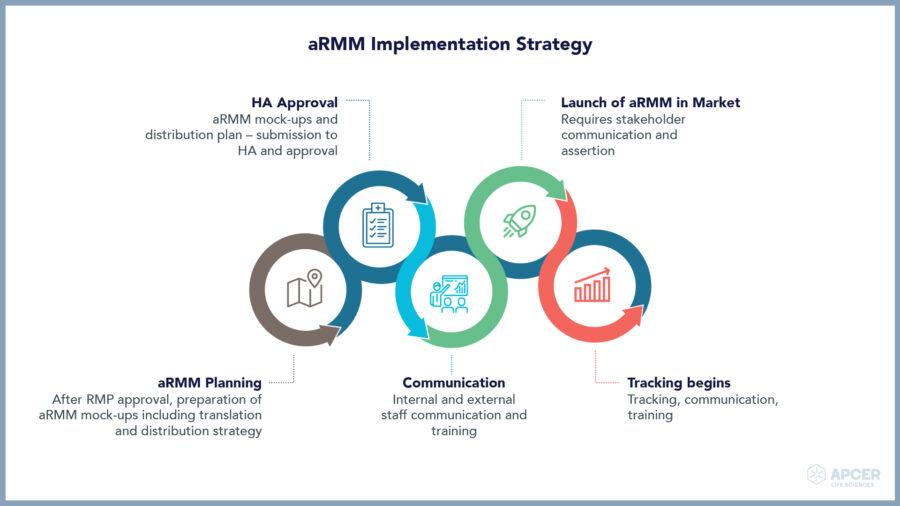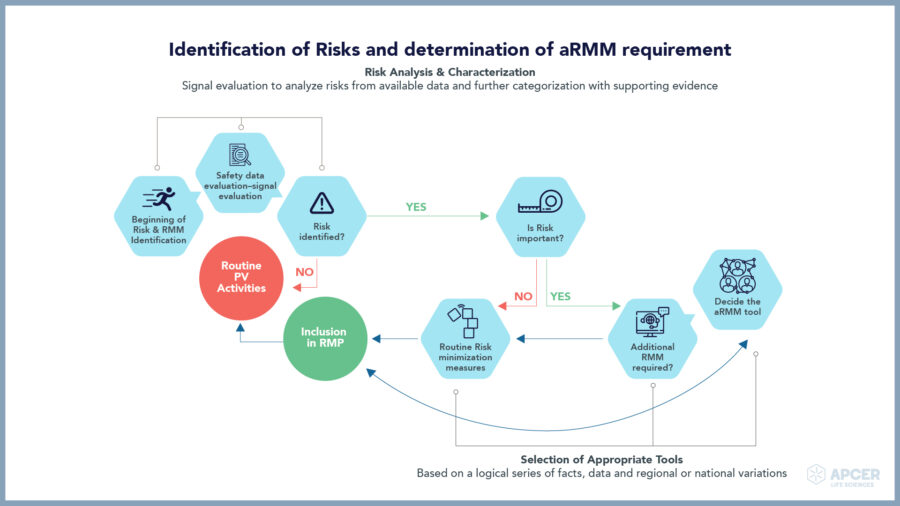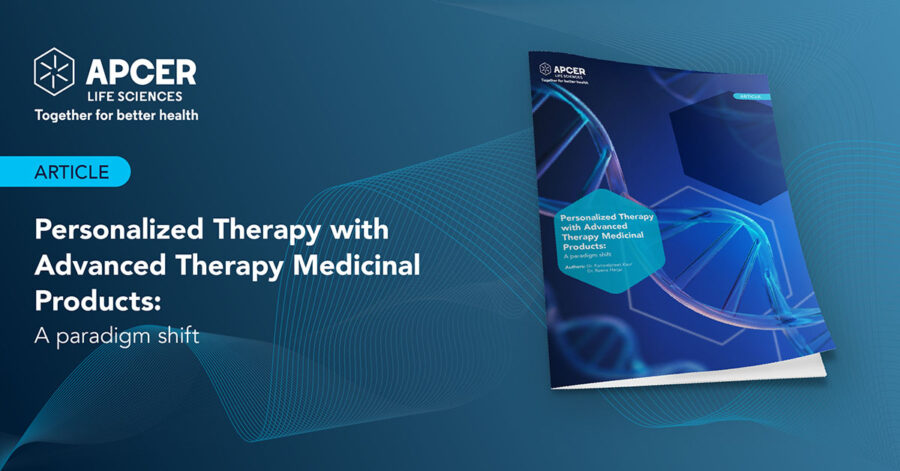Advanced Therapy Medicinal Products
Advanced therapy medicinal products (ATMPs)/cellular and gene therapy (CGT) products are a rapidly growing innovative class of biopharmaceuticals because of their potential to offer therapeutic breakthroughs for many ailments, especially life-threatening cancers and rare serious inherited disorders for which conventional medicine and various other modalities have not been completely effective.
These products are being increasingly researched and emerging as promising therapies because of their unique ability to address unmet medical needs; health authorities across the globe are actively encouraging their development. Because of the nature, complexity, and novelty of these products, the industry and regulatory authorities are constantly contributing toward evolving the guidelines and approach to handle these products. The classification of cell and gene products is complex; moreover, the respective terminologies also vary in the United States and the European Union.
ATMP’s Classification as per EMA
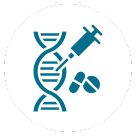
Gene therapy medicines
- Gene therapy medicines Contain genes that lead to a therapeutic, prophylactic, or diagnostic effect. They work by inserting ‘recombinant’ genes into the body, usually to treat a variety of diseases, including genetic disorders, cancer or long-term diseases. A recombinant gene is a stretch of DNA that is created in the laboratory, bringing together DNA from different sources.

Somatic-cell therapy medicines
- Somatic-cell therapy medicines Contain cells or tissues that have been manipulated to change their biological characteristics or cells or tissues not intended to be used for the same essential functions in the body. They can be used to cure, diagnose or prevent diseases.

Tissue-engineered medicines
- Tissue-engineered medicines Contain cells or tissues that have been modified so that they can be used to repair, regenerate, or replace human tissue.

Combined ATMPs (cATMPs)
- Combined ATMPs (cATMPs) Some ATMPs may also contain one or more medical devices as an integral part of the medicine, which are referred to as combined ATMPs. An example of this is cells embedded in a biodegradable matrix or scaffold.1
ATMP’s Classification as Per EMA
Gene therapy medicines
Somatic-cell therapy medicines
Tissue-engineered medicines
Combined ATMPs (cATMPs)
Definitions of Cellular and Gene Therapies as per US FDA
Human gene therapy product
Somatic cell therapy/cellular products
Combination products
ATMPs: The Future of Medication
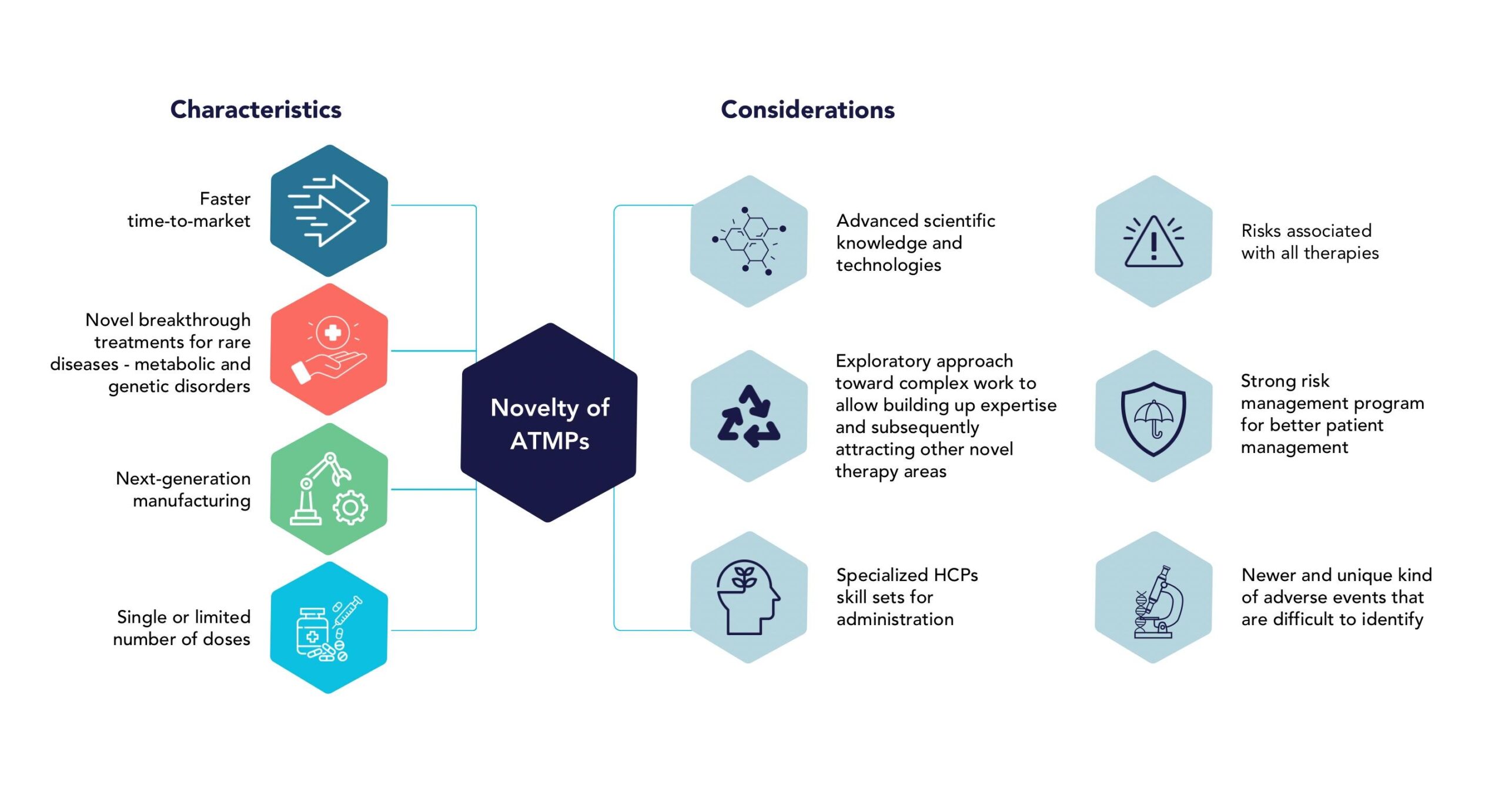
Major Safety Challenges Faced by ATMP Companies
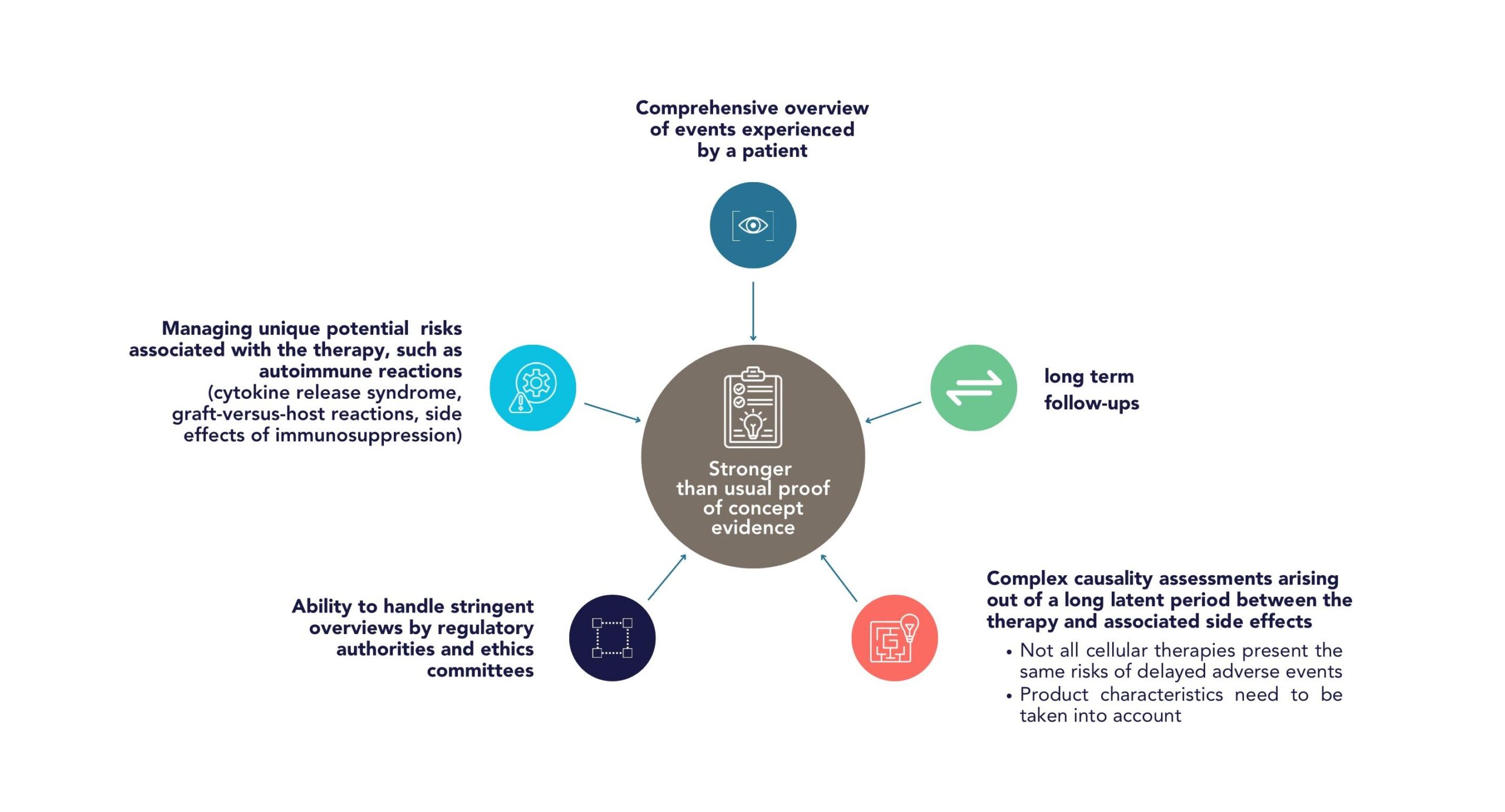

Clinical Safety and Pharmacovigilance
For sponsors, early planning of setting up a pharmacovigilance system with a clear direction for what can be outsourced and what will be handled by internal teams may be valuable. The in-house focus at organizational level should be on strategic initiatives and predictive decision-building and a responsive safety strategy for successful clinical development and approval.
APCER’s Safety and Pharmacovigilance experts are aware of an increased risk of undesirable and unpredictable outcomes that may present as delayed adverse event(s). It may not be possible to collect all safety and efficacy data during clinical investigations, considering the limited number of subjects enrolled in clinical trials for advanced therapies. Therefore, APCER Life Sciences (hereinafter referred to as APCER) can help with collection and analysis of safety data for maintaining the overall risk–benefit balance, additional pharmacovigilance activities for long-term monitoring (LTFU) for safe and effective use, and measures to minimize risks (risk evaluation and mitigation strategies [REMS], risk management plan [RMP], and additional risk-minimization measures [aRMMs]), with highly specific data on quality, safety, and efficacy.

Risk Management
An efficient risk minimization system establishes a methodological framework for the pharmacovigilance plan and the characterization of risk–benefit analysis for any ATMP. While creating a risk management strategy, the risks that may occur due to the nature of ATMPs need to be considered. To address important safety concerns and improve the risk–benefit profile of certain ATMPs, aRMMs and REMS need to be implemented in addition to routine measures in the European Union and the United States, respectively.
APCER can support in end-to-end risk management activities, including implementation, tracking, assessment, and modification of the implemented risk management systems. APCER’s team of experts can support in preparation and implementation of various RMM tools, such as educational material, and control access tools as required.

Medical Information and Medical Affairs

Medical Writing
APCER’s Medical Writing department has an experienced team of writers with clinical, regulatory, and scientific writing expertise to help companies document efficacy and safety data and stay in compliance worldwide throughout the product life cycle.
APCER’s Medical Writing team with experience across diverse therapeutic areas can provide ATMP/CGT development support at all phases throughout the life cycle of these products. The team can also assist in authoring and reviewing clinical and regulatory documents, such as protocols, investigator’s brochures, clinical study reports, layman summaries and individual patient narratives, briefing documents for interaction with regulatory agencies, applications for various drug designations and expedited approval pathways (priority review, ODD, BTD, etc.), and eCTD submission modules for IND or CTA and BLA or MAA application filing.
The Medical Writing team analyzes, interprets, and summarizes scientific data and helps the sponsors with publications and presentation at appropriate forums. Additionally, RMMs for these products may include HCP educational material and patient wallet card.

Regulatory Affairs
Considering the nature and complexity of these products, an appropriate classification of advanced therapies is very crucial for regulatory oversight, quality assurance, and patient safety.
Owing to the complexity and novelty of ATMP/CGT, The European Union and the United States have published multiple guidelines for specific expectations and created regulatory pathways for approval. Both EU and US regulatory agencies allow requests for informal scientific advisory meetings throughout the product life cycle. ATMP/CGT developers are encouraged to consult the agencies for identifying and assessing the regulatory risk associated with the product. Joint US FDA and EMA advice could also be sought; this strategy is mostly useful to obtain advice on clinical trial design and the selection of clinical end points.

Regulatory Team
Explore More
Testimonials

I must commend the organizational skill, the professionalism, the clarity, the expertise on subject matter, execution excellence that APCER has exhibited in all my projects where I had collaborated…
Medical Advisor, Medical Affairs
A leading bio-pharma company
My experience with APCER has been excellent. The team was very helpful, knowledgeable, responsive and professional with all the work that was needed.
Global Clinical Leader
A leading pharmaceutical company
APCER demonstrated extreme flexibility accommodating changes, and a number of last-minute changes were implemented quickly and correctly. I also appreciate the flexible communication during my workday, given the time zone differences between the APCER writers and myself.
Associate Submission Medical Writer
A leading bio-pharma company
APCER’s speed, responsiveness and flexibility to meet our safety needs is something we have always valued. APCER has helped harmonize our global pharmacovigilance operations and made us compliant with ever changing regulations.
Medical Director
US-based specialty pharmaceutical company
The audit was carried out professionally and objectively. The scope of the audit was relevant and appropriate, and time efficient. The discussions during the audit were constructive and recommendations where helpful and appropriate. The team members involved in the audit had a positive experience and were made to feel at ease by the auditors.
QPPV and Pharmacovigilance Head

We are thankful to team APCER for bringing in strong practices & helping inspection readiness in our pharmacovigilance framework which led to successful FDA audits.
Senior Director
US-based pharmaceutical company
APCER’s invaluable support with Clinical trial disclosure deadlines helped us in timely submissions of periodic reports.
Head, Clinical Trial Transparency
Top 10 pharmaceutical company with operations in the EU and US
We appreciate APCER for its efficiency in responding to matters that they get even at the eleventh hour. Working with APCER has made compliance a lot easier.
AVP, Pharmacovigilance
US-based pharmaceutical company
We are thankful to team APCER for bringing in strong practices & helping inspection readiness in our pharmacovigilance framework which led to successful FDA audits.
Senior Director
US-based pharmaceutical company

